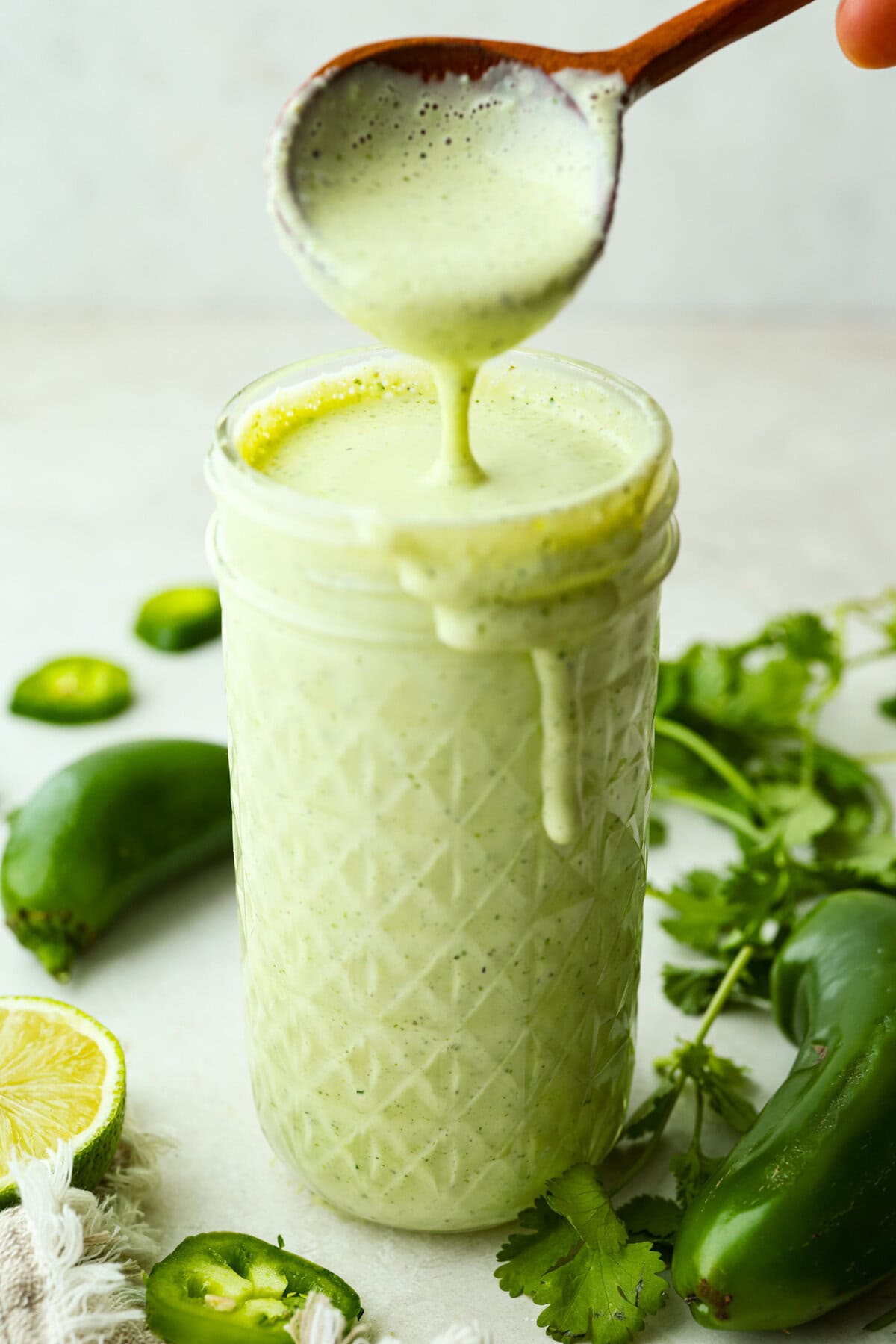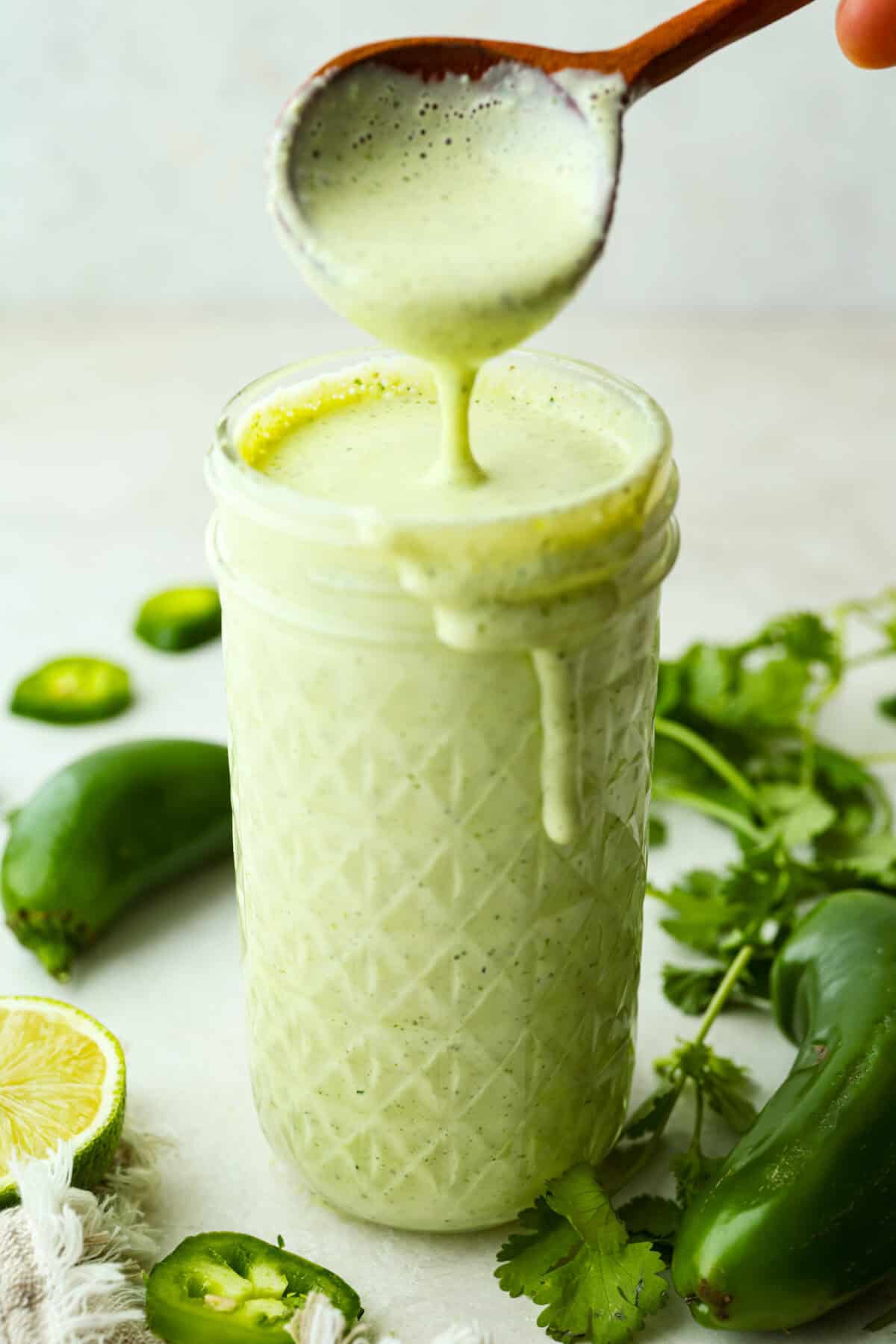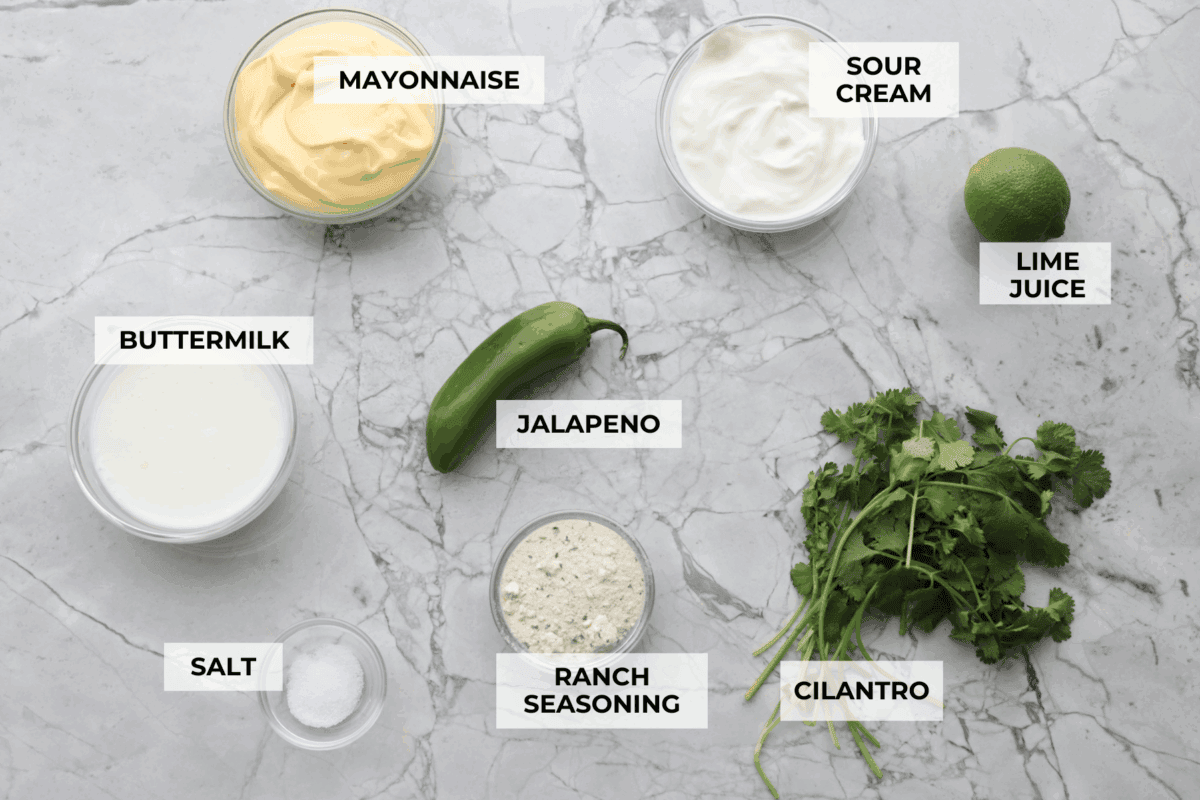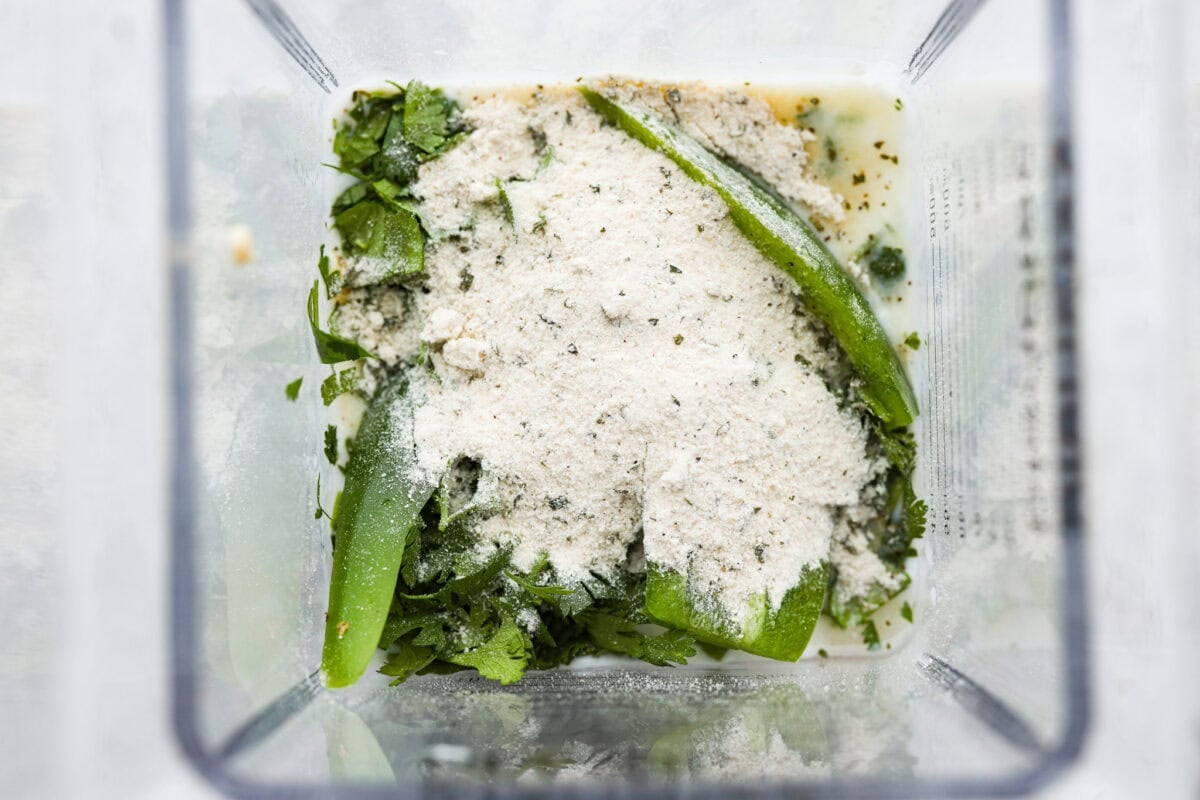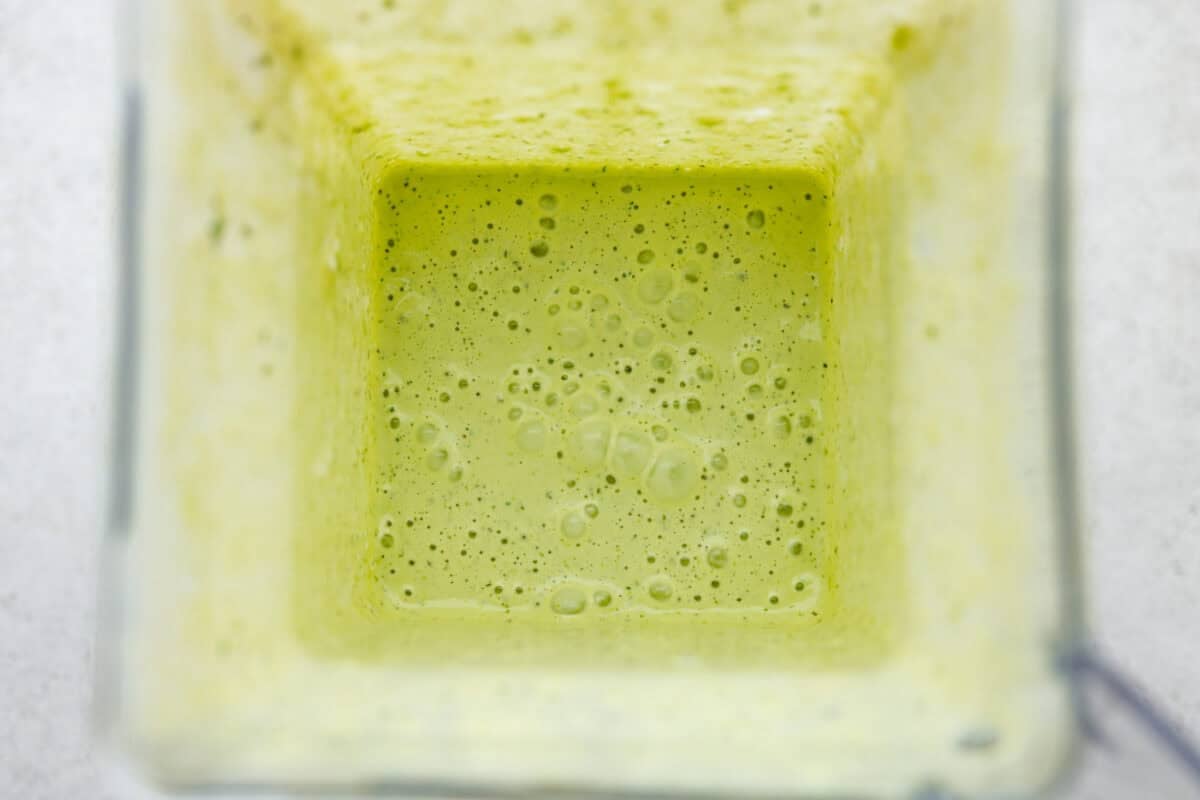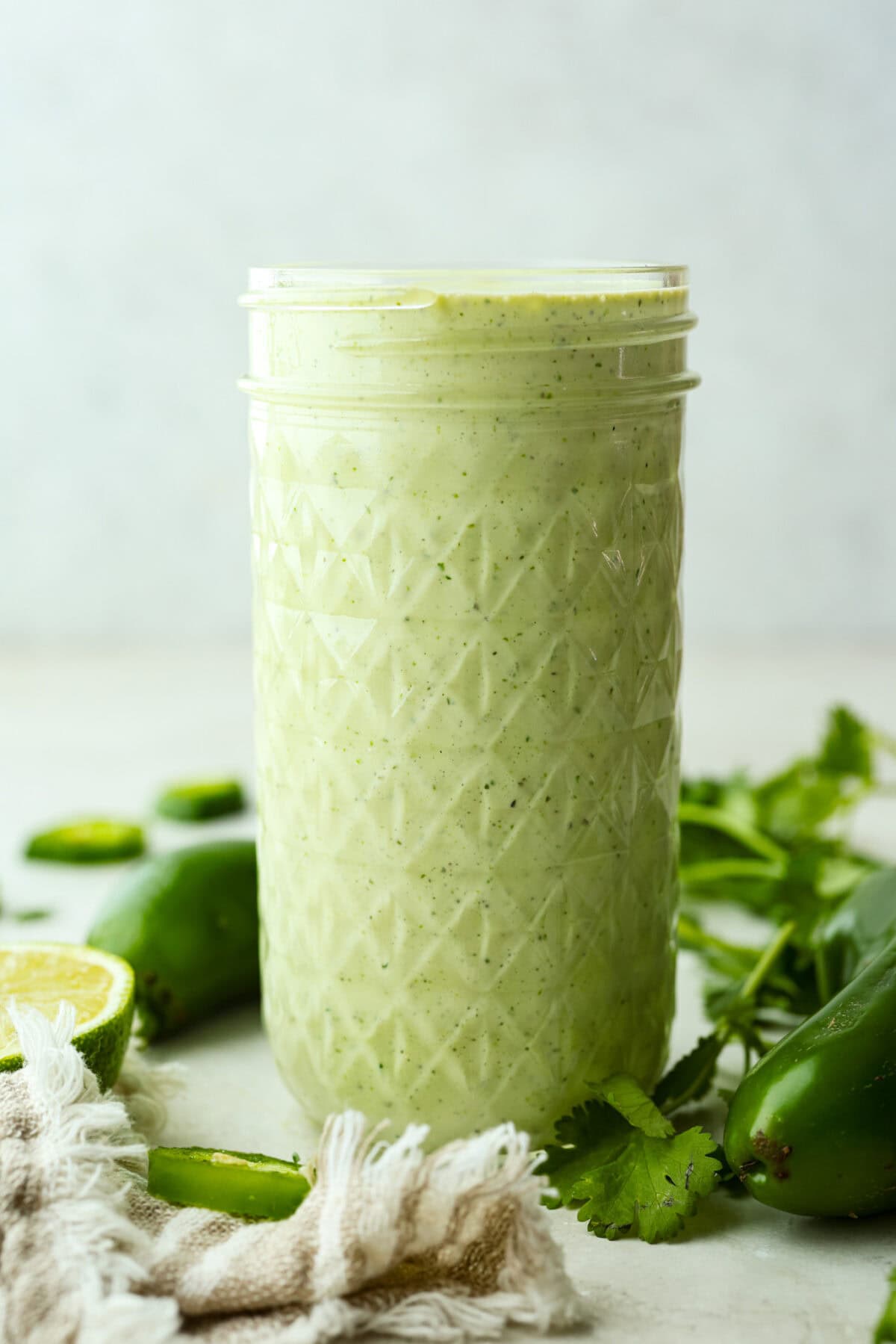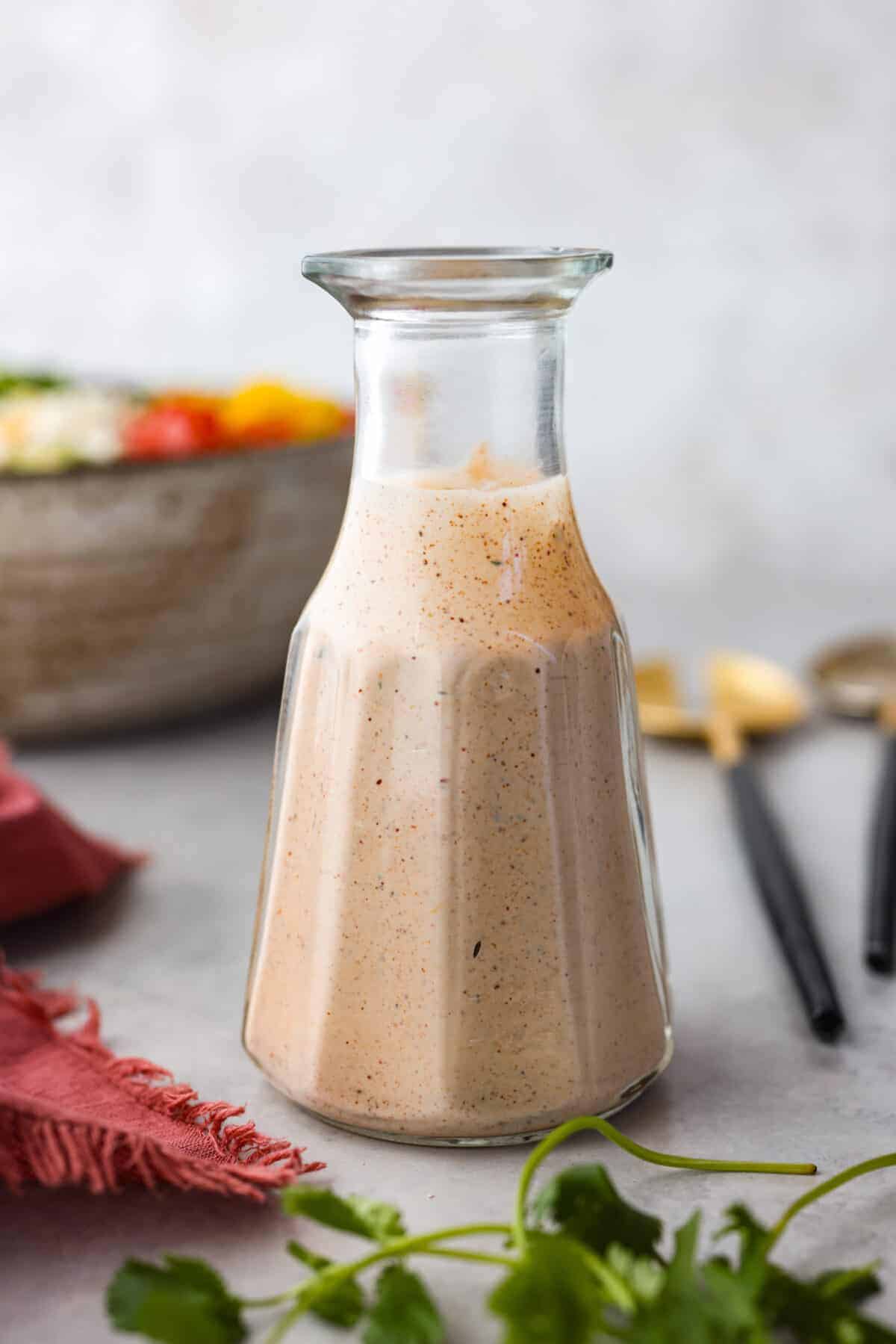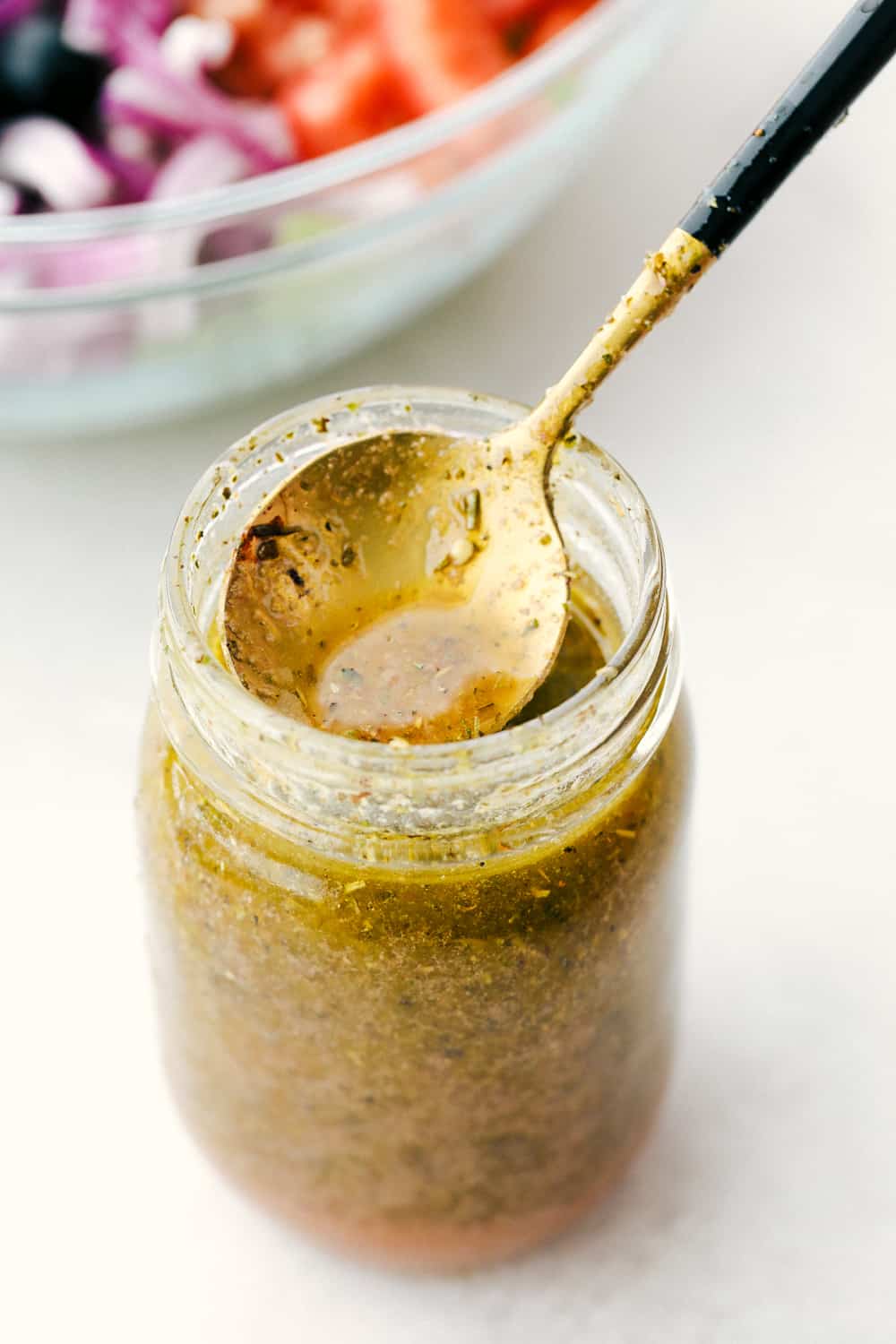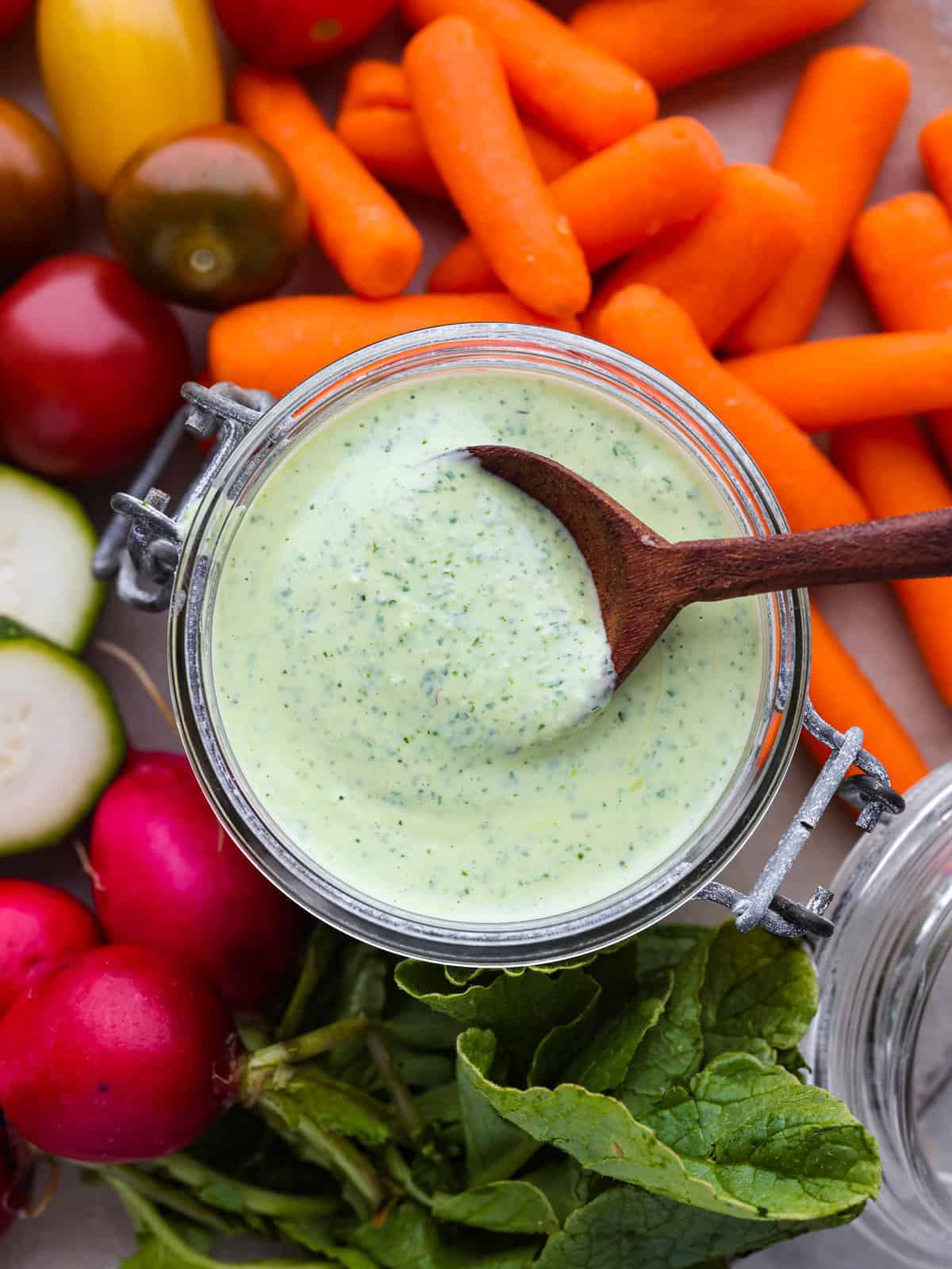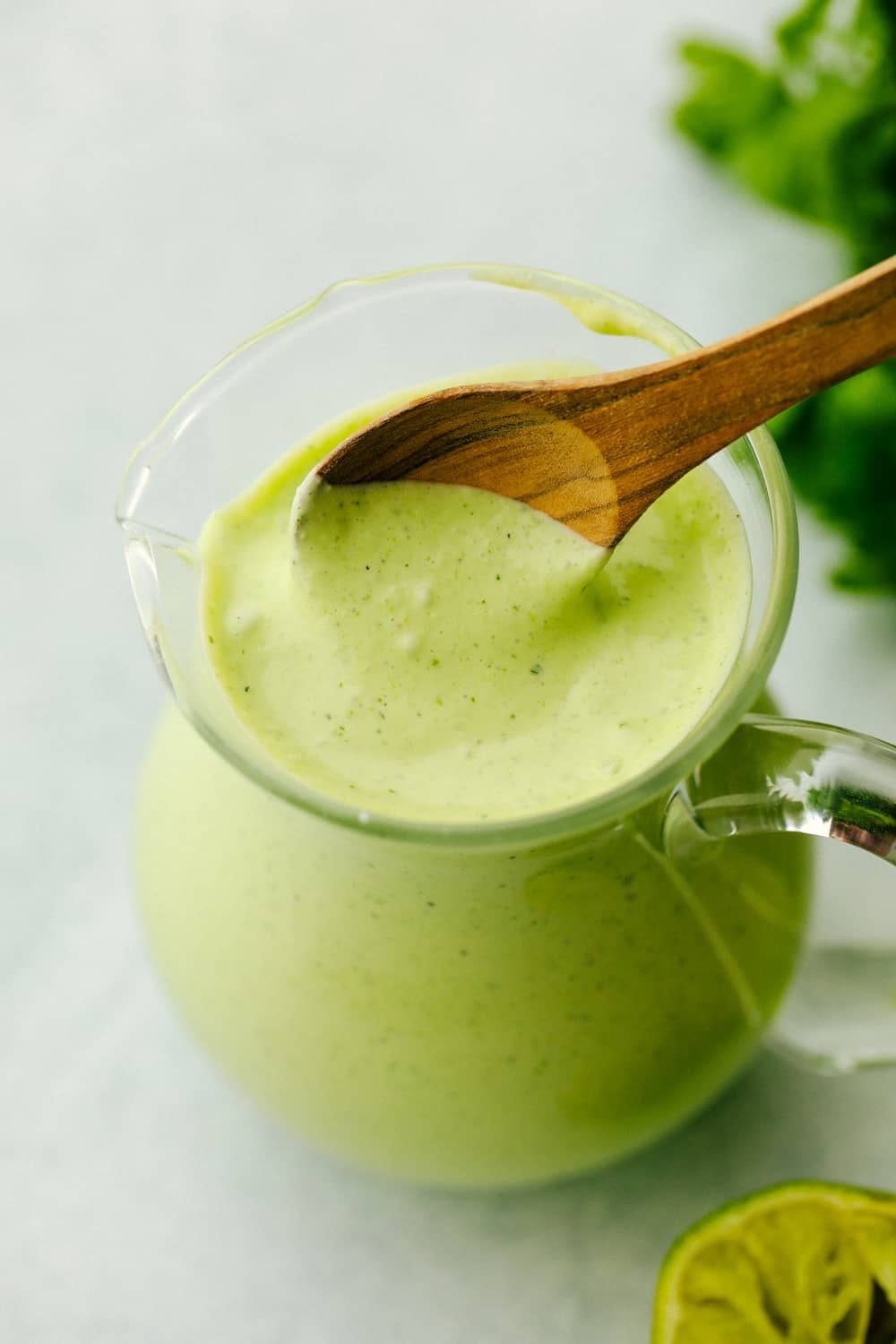Good morning. You’re reading a special Labor Day edition of the Up First newsletter. Subscribe here to get the newsletter delivered to your inbox, and listen to the Up First podcast for all the news you need to start your day.
Checking in with the labor movement
by Andrea Hsu, NPR labor and workplace correspondent
At this time last year, President Trump was courting America’s workers, promising them a renaissance if they helped send him back to the White House. Now seven months into his second term, he says he’s on track to keep that promise.
“Every policy of the Trump administration is designed to lift up the American worker, promote great-paying blue-collar jobs and to rebuild the industrial bedrock of our nation,” Trump said at a meeting of his Cabinet last week.
Many labor leaders could not disagree more.
Protesters gather on the National Mall for the nationwide “Hands Off!” protest against President Donald Trump and his advisor, Tesla CEO Elon Musk, in Washington, D.C., on April 5, 2025.
Roberto Schmidt/AFP via Getty Images
hide caption
toggle caption
Roberto Schmidt/AFP via Getty Images
“By every measure, this has been the most hostile administration to workers in our lifetimes,” AFL-CIO President Liz Shuler told me in an interview ahead of Labor Day. “Working people are really not feeling secure in this economy.”
If you simply look at the numbers, workers appear to be in pretty decent shape. As of July, average wages were up 3.9% over the last year, outpacing inflation. Unemployment remains low, at just over 4%. Most people in America who want a job are working.
But behind these numbers, there’s a lot of uncertainty and tension.
On the campaign trail, Trump often warned American workers that immigrants were taking their jobs. The Trump administration is now not only cracking down on people who are in the U.S. illegally, it has also ended programs that provided hundreds of thousands of people relief from unsafe conditions in their home countries. People who were previously allowed to stay and work in the U.S., sometimes for decades, have suddenly had their legal status revoked.
These new immigration policies are affecting workers and employers, forcing people out of jobs on farms in rural America, in factories in the Midwest, and in the homes of elderly people who need help – places that have long welcomed immigrants. In agriculture and long-term health care, Americans are not exactly lining up for jobs. Workers who are left behind after immigrant colleagues leave say they’re now working longer hours or having to train inexperienced newcomers.
Unions representing blue-collar workers, including those Trump considers his base, have additional concerns. They fear that big infrastructure projects launched when Joe Biden was president will be deprived of federal funds or even stopped all together.
“It’s chaos, it’s uncertainty, it’s unpredictability,” Brent Booker, general president of the Laborers’ International Union of North America, told me.
Booker is especially riled up right now about the Trump administration’s stop-work order on Revolution Wind, a wind farm under construction off the coast of Rhode Island. The administration paused the project last month, citing national security concerns. Booker points out that the project was permitted long ago, and it is 80% done. But now, several hundred workers who were out over the water, working to get it up and running, have been idled.
Booker worries about what this signals to the entire renewable energy industry – and moreover, what it means for American workers who were counting on those jobs. “It runs contrary to everything that [Trump] promised to our members and to the American people,” he says.
There’s another topic I’ve spent a lot of time covering since January: the upheaval in the federal workforce. The Office of Personnel Management recently revealed that by year’s end, the government will have shed about 300,000 federal employees, most of them voluntary departures.
In an interview on CNBC, OPM director, Scott Kupor, described this as an opportunity — a chance to change the government to reward efficiency. This is something I’ve heard even Trump’s staunchest critics say is needed. But others warn that the mass exodus of federal employees, including several senior leaders at the CDC just last week, is leaving agencies ill-positioned to deliver the services Americans need. We have the next three-plus years to see who’s right.
Labor Day reads and listens
When you’re stuck at the airport, you need the right soundtrack.
Alex Wong/Getty Images
hide caption
toggle caption
Alex Wong/Getty Images
When you’re stuck at the airport, you need the right soundtrack.
Alex Wong/Getty Images
If you took advantage of the holiday weekend to travel, I hope your return trip goes off without a hitch. But if you find yourself dealing with a flight delay, don’t fret — Pop Culture Happy Hour has three songs to help you through those stressful travel moments.
Missouri workers are campaigning to reinstate mandated sick leave after state lawmakers repealed part of a voter-approved law. Proposition A, the voter-approved measure, was set to increase the minimum wage and allow workers to earn sick days. Since it was a statutory change, lawmakers were able to overturn the paid sick leave portion, with many citing the cost it would add to businesses. This time around, voters want it back as a constitutional amendment lawmakers can’t repeal. (via KCUR)
Visitation at all of Utah’s national parks has decreased this summer after a couple of record-setting years. The slump reflects a broader travel trend. International tourism has taken a dip due to economic uncertainty, fluctuating tariffs, and political rhetoric, which has led some foreign travelers to reconsider plans to visit the U.S. This shift could have big implications for local economies that rely heavily on tourism. (via KUER)
Movie-goers will get a chance to revisit a classic with fresh eyes when Jaws returns to theaters for its 50th anniversary this year. The movie takes place on Amity Island. To prepare for the event, NPR network station WBUR produced a three-part series called Jaws Island. The podcast brings the listeners to the real-life “Amity Island” at Martha’s Vineyard and explores the legacy of the blockbuster movie. Check out all three episodes here and photos of the “finatics” who ventured to the island for the anniversary.
U.S.-made sunscreens have not been updated for decades, which is a reason why Korean and European sunscreens are hyped for their superior protection against UV radiation. But are U.S.-made sunscreens really subpar? Chemist and science communicator Michelle Wong joins Short Wave to discuss the research on UVA and UVB rays and provide advice on how to maximize your sun protection, regardless of which sunscreen you use.
This newsletter was edited by Suzanne Nuyen.











